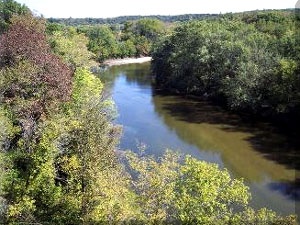Jan 11 2009
DuPont is a charter member in an effort by the The Nature Conservancy to establish watershed monitoring and best management practices (BMPs) in the Boone River watershed in Iowa and the Mackinaw River watershed in Illinois, both located in the U.S. Information gathered from these projects will be used in watershed projects in other agricultural areas.
 The Boone River watershed encompasses about 581,110 acres in six central counties in Iowa.
The Boone River watershed encompasses about 581,110 acres in six central counties in Iowa.
The Boone River watershed encompasses about 581,110 acres in six central counties in Iowa, which flows into the Des Moines River then into the Mississippi River. Funding from DuPont supports the implementation of a three-phase monitoring plan within the Boone River watershed to help develop the measurable ecological restoration goals at the watershed scale.
The Nature Conservancy has targeted the Lyons Creek sub-watershed to implement a paired watershed design in which BMPs will be tested in two micro watersheds and results compared with a “control” micro watershed. Baseline monitoring and calibration is nearly complete in the three study sites, and BMPs are scheduled to be implemented in late 2009.
The Mackinaw River drains the fourth largest watershed of the Illinois River system with almost 740,000 acres. This watershed contains some of the most productive agricultural land in the United States. Nearly 80 percent of the watershed currently is in highly productive agriculture of corn and soybeans. DuPont is supporting the creation of a watershed model for the Mackinaw that will inform the Conservancy on the most effective places to implement BMPs.